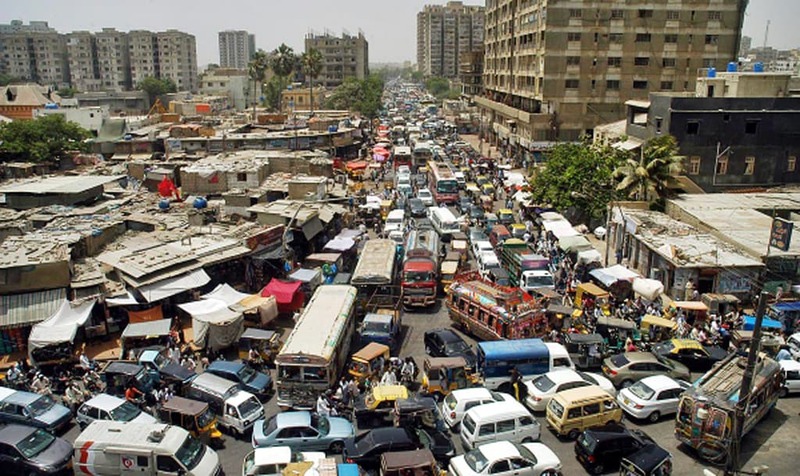EDITORIAL: Karachi’s ranking of 170 out of 173 cities on the Economist Intelligence Unit’s Global Liveability Index, released on June 17, is a stark reflection of its severe shortcomings in infrastructure, safety, healthcare and overall quality of life.
Scoring a dismal 42.7 out of 100 across five categories — stability, healthcare, culture and environment, education and infrastructure — the city remains among the world’s least liveable, plagued by crumbling services, environmental degradation and rampant inequality.
Karachi’s failings are especially jarring, given that urbanisation is often hailed as a driver of economic growth — stimulating investment, creating jobs and fostering innovation through dense networks of people and ideas. Yet, Pakistan’s experience, and particularly Karachi’s, tells a different story. Urbanisation here has unfolded in an entirely haphazard manner, leaving the city unprepared for its accompanying challenges.
Instead of reaping the promised benefits of this phenomenon, Karachi embodies every conceivable disadvantage of unchecked urban growth: poor infrastructure, failing public services, environmental collapse, rising crime and deepening socioeconomic divides. The result is a metropolis where survival, not prosperity, remains the priority for far too many.
Any study of Karachi’s urban dysfunction will reveal that its decades-long decline is rooted in the weak and fragmented nature of its governance. As has been noted in this space before, less than half the city falls under the jurisdiction of city government authorities, with this fractured system deepening class divisions — where elites reside in upscale enclaves, while lower-income groups are left to battle neglect, exclusion from planning processes and inadequate public services.
Politicised public institutions and a chronic lack of coordination among planning bodies have fuelled major urban failures, including a deteriorating housing stock, crumbling infrastructure, unreliable water supply, weakened local governments and growing climate vulnerabilities.
The lack of coherent urban policy and enforcement has also fuelled chaotic expansion, with undocumented slums and peripheral settlements proliferating beyond the reach of basic services. This unchecked growth, in turn, has triggered an environmental crisis: solid waste overwhelms inadequate disposal systems, industrial pollution poisons air and water, and unrestrained construction devours green spaces, further eroding Karachi’s liveability.
It goes without saying that addressing Karachi’s deep-rooted challenges demands a comprehensive restructuring of its governance and planning systems. First, it is essential to ensure that the city receives dedicated, long-term funding to upgrade its ageing infrastructure, expand essential services and build resilience against growing environmental threats.
A World Bank study conducted by the Sindh government last year found that Karachi needs USD 3 billion annually just to modernise its dilapidated infrastructure. To meet such demands, sustainable revenue streams must be identified, recognising that investing in Karachi — given its centrality to Pakistan’s economic, cultural and political lifeblood — will yield benefits not only for its residents but for the entire country.
However, just throwing money at the problem won’t be enough. Karachi needs its planning processes to actively involve local communities and homegrown experts, especially those with deep knowledge of the city’s unique climate vulnerabilities that are often overlooked by external consultants.
Development decisions must remain uninhibited by interference from the provincial and federal governments, with meaningful devolution of power through truly autonomous local governments. Crucially, the current fragmented governance structure must be addressed; as long as vast areas remain under separate entities like cantonment boards, a cohesive urban strategy will remain elusive.
Back in 2015, Karachi ranked 135 out of 140 cities on the Global Liveability Index. A decade later, its continuing slide in the rankings lays bare the city’s unchecked decline. This is a damning indictment of deep-seated governance failures, corruption and indifference of policymakers to the city’s plight. It must be recognised that without radical governance and investment reforms, Karachi’s downward trajectory will persist, dragging down its residents and the country alike.
Copyright Business Recorder, 2025
